Are you considering creating an online marketplace?
The potential for success is huge, but getting started can be overwhelming. One of the biggest questions you may have is: how much will it cost? In this article, we'll break down the costs and provide tips on how to estimate them. Plus, we'll take a look at the different types of marketplaces and their respective features and costs. By the end of this article, you'll have a better understanding of the development process and be ready to apply these insights to your business.
How to Estimate the Development Cost
Bare numbers raise a lot of questions and suspicion. So, let’s dissect the estimation process into components that make a fair estimate of the cost to develop a marketplace website.
Time and Material vs Fixed Price
There are fixed and hourly prices. Most of the contractors measure development efforts in hours. This method is called Time and Material.
At Greenice, we use this way of estimating our efforts. It allows us to break down the project requirements into tasks and milestones and charge the client only for the work done.
During the development process, all team members record their actions with special screen-saving and time-tracking tools and our clients can check how many hours were spent on this or that task in reality.
The advantage of this method is that we can use Agile development and stay flexible for changes in the requirements even after the project has already begun.
Fixed price suites more conservative projects with concrete requirements (detailed and prepared for a long time) without the opportunity to change your mind after the project starts. This approach, known as Waterfall, was massively used maybe 10 years ago and mostly for Enterprise-size software. But now the market changes quickly and frequently and startups should be agile.
On the flip side, with the Time and Material method, it is impossible to arrive at some fixed number of hours and dollars when estimating requirements. However, based on our vast experience, we try to be as precise as possible.
Developing from scratch vs using a white-label solution
At Greenice, we develop custom web apps and websites. This means that we create platforms from scratch and can implement any requirements whatever non-standard they are. There are many advantages of custom development:
- Full flexibility
- Unlimited scalability
- Increased data security
- Code ownership
- Integration with any third parties
The only downside is the price, which is often high at the start while paying for itself in the long term.
Taking into account the startup challenges, we can suggest starting with a minimum viable product (MVP) that allows you to build the first version of your product and quickly launch it to verify its viability. When it’s accepted by the market and finds its first users, you can continue scaling it up and adding more features.
Another way to reduce the costs is to build a project with a white label solution.
Why is it better than a canned CMS like Wordpress or a website-builder like Sharetribe?
White label solutions are written with Laravel, a modern and reliable PHP framework that we use in many custom projects. It gives us full freedom for remodeling the platform while cutting the development time. We can take the solution structure, configure a server and database for it, rebuild existing features according to your business needs, and make necessary integrations; all this allows for making the price much lower.
Need a FREE project estimation now?
Send us your request5 Marketplace Types: Features and Costs
No two projects are identical, so not even similar websites can be estimated in the same way.
Each marketplace has its peculiarities that influence the marketplace development time and budget. To illustrate this better, we’ll present estimates of the most common types of marketplaces that we have expertise with.
There are marketplaces for:
- Products (like Amazon, Etsy, Aliexpress)
- Crowdsourcing (like Arcbazar, XPrize, MTurk)
- eLearning courses (like Coursera, Udemy, Edx)
- Property booking (like Booking, Agoda, Airbnb)
- Services/Gigs (like Upwork or Fiverr)
Registration, user profile creation, search, payment methods integrations - these and some other features are more or less similar from project to project. Building a marketplace from scratch, we will most likely start with these core features. At the same time, each project has its own specific set of features.
Now let’s see what specific features can be found in different types of marketplaces and how much they can cost.
Now, we move into the sweetest part of this article, and will give you the numbers you are looking for!
1. How much does it cost to build a product marketplace like Amazon/Etsy/Aliexpress
Amazon, Aliexpress, eBay, Wish, and Etsy are some of the largest marketplaces in the world. But even they started with simple websites that gradually evolved into global online eCommerce platforms, turning their founders into billionaires.

As we have already estimated the basic functionality, let’s forecast the cost of typical features of a product marketplace:
Seller section
This is where sellers can create and manage their own shops, transactions, shipping, and communication with customers. Here is a list of necessary features:
- Sign up/in and seller profile
- Seller profile verification: Sellers are usually required to provide business registration licenses and other documents to prove their legal compliance. A newly registered seller should be approved by Admin before a profile is created.
- Virtual store creation: Besides listing products in the shared stores, vendors should be able to create their own online stores with logos, descriptions, and categories.
- Products upload: Listing products with description, category, attributes, photos, price, ratings and reviews, payment, and shipping details.
- Orders management: Here sellers receive their orders, fulfill and track them.
- Refund requests: This functionality allows sellers to resolve disputes, and manage returns.
- Shipping integration: The platform should be integrated with third-party services that provide order delivery and give back the tracking information to the system.
- Transactions details: Sellers need to view the history and status of payments from the customers.

Customer section
This is where customers can search and buy products, view their orders and payments, communicate with sellers, set preferences for notifications, etc. The following features are typical of this section:
- Product search: Users should be able to lookup listings by keywords, categories, and filters
- Saved searches: Buyers should be able to look through the items they already searched
- Sign up/in and buyers profile: The profile may need a buyer's shipping address, financial information, wish list, history of orders, preferences, and settings.
- Shopping cart, or Checkout page: Buyers should be able to complete the purchase with minimum hassle. This page usually contains a list of chosen items, their quantity, and price, total sum, choice of payment, and shipping methods.

Aliexpress - Shopping Cart
- Payments: Customers should have a choice of payment methods
- Order management: History of orders, their details, payment, and shipping status.
- Messaging: Buyers should be able to communicate with sellers.
- Returns and refunds: Possibility to return the goods and request for refund.
Admin section
The platform Admin is supervising all the processes and can edit the content.
- Dashboard: Admin should be able to have an overview of the current state of the platform interactions
- Fees management: Fees can change with time and there should be a mechanism to quickly edit them
- Reports and statistics: Admin should be able to generate reports on different metrics
- User management: Admin should be allowed to manually add, edit, block or delete user accounts
- Product categories management: Admins can add and edit the products
- Ratings and reviews management: Admins should be able to moderate customer reviews
- Emails and notifications: Admins can create and edit the emails and notifications like Confirmation emails, discount notifications, congratulations, Abandoned cart emails among others.
- Advertisement management: Admin can post ads
- Content management: Admins are in charge of editing the website’s content
- Support desk: The issue resolution center.
Time and cost of development:
- Development from scratch: The product marketplaces like Amazon, Aliexpress, and Etsy were not built in a day. Each platform was created and improved over the years while they already were functioning and attracting customers. In the same way, you can also create a minimum viable product and enhance it step-by-step as it will scale up. The initial cost for a custom platform may range between $73,000 and $105,000 if built from scratch.
- White-label solution: In some cases, it is possible to develop a marketplace with a white-label solution and customizable web design templates to reduce the costs and time for development. The benefit of such an approach is a price that can start at $18,000-25,000. This approach is best when you require only standard functionality with minimal customization, however, the more customizations and additional features you need the less cost-effective it becomes.
So, depending on your roadmap and feature set, we can pick up the best approach and estimate the precise costs.
Request a FREE estimate!
Contact Us2. How much does it cost to build a crowdsourcing marketplace like Arcbazar/X-Prize/MTurk
Crowdsourcing is a popular model of solving challenges and generating creative ideas using the collective mind. But to find people eager to contribute (solve the problem), seekers (those who arrange competitions) need a service that will host the competition/challenge details and attract people who are eager to get the prize. The main advantage is that the internet allows finding specialists globally ‒ maximizing the pool of contributors.
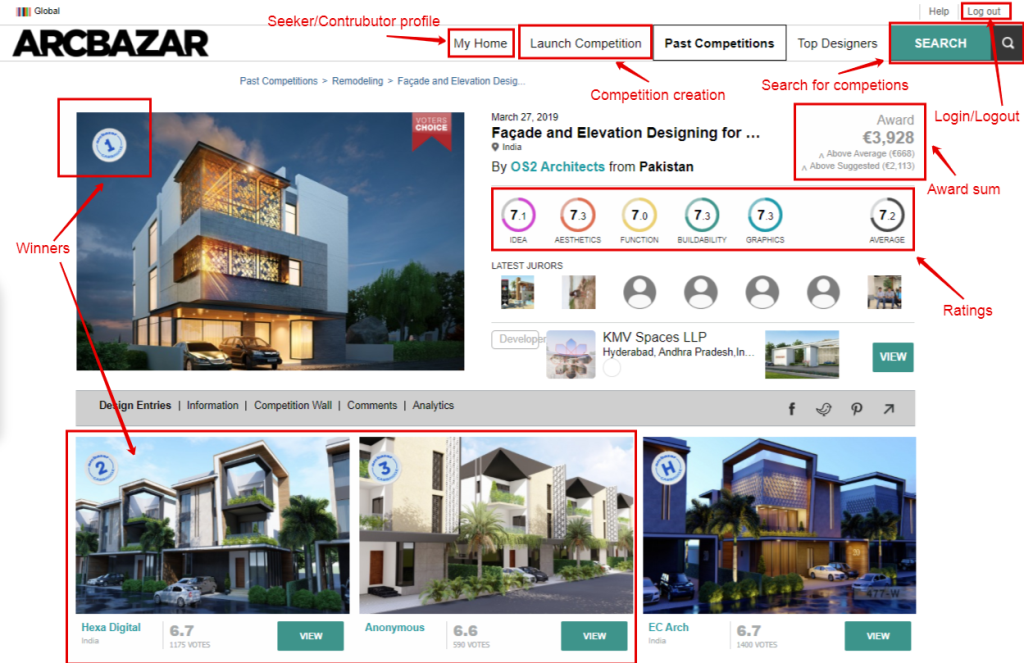
Here are the crowdsourcing-specific features of a marketplace:
Seeker section
In this section, people who want to post a challenge or competition, can describe it in detail and set the prize sum for the winning solution. The feature list can be:
- Competition creation: Adding description, photos, due date, and prize to winners of a challenge.

Arcbazar - Competition creation - Competition page: Each challenge should have a solution or bid list page.
- Choosing the winner: The mechanism of selecting and notifying the winner or winners should be transparent. The winner can be chosen either by users’ voting or by the seeker’s decision.
Contributor section
In this section, problem-solvers or contributors can view and participate in the competitions by submitting their ideas to the platform. The features include:
- Competition details page: Challenge description and the ability to submit a solution.

- Rating or score: There can be a mechanism of gaining points by participation, winning, or voting for others that influences the overall rating of contributors.

Admin section
Any marketplace should be administered from the back office. The admin features of a creative marketplace may include:
- User management: Admins can manage users’ accounts.
- Fee management: Admins should be able to change the commissions and other fees.
- CMS: Admins can upload and edit content.
- Reports: Admins should be able to get statistics on the platform performance.
- Rating and reviews management: Admins take care of reviews moderation.
- Emails and notifications: Admins create emails and notifications for different cases.
Time and cost of development:
To build a crowdsourcing marketplace, you can start with an MVP to launch as quickly as possible. Development of this first version may take 3-5 months and cost around $30,000 - $50,000. If you need to have some advanced features and complex integrations the cost may increase to $60,000 - $90,000. As mentioned before, this is a ballpark estimate, if you want a more precise idea of the cost of your project send us your requirements, and let’s discuss your idea.
Need an estimate for a creative marketplace?
Contact Us3. How much does it cost to build an eLearning marketplace like Coursera or Udemy
Traditional education is gradually giving way to online education. On the Massive Open Online Courses platforms, not only can the student acquire useful skills like learning a foreign language, but they can also obtain higher education, earning a certified diploma from world-renowned universities.

If you are going to start an eLearning marketplace, you are in the right place and time. We have estimated the basic features in the previous section. But to make a marketplace website for online courses, you will also need the following functionality:
Teacher/Facility section
This section is dedicated to an individual tutor or educational organization that can create or upload their courses to the platform and monetize them. The features can be as follows:
- Course creation: there can be different mechanisms of course creation ranging from uploading media files or SCORM packages to an online wizard for course building.
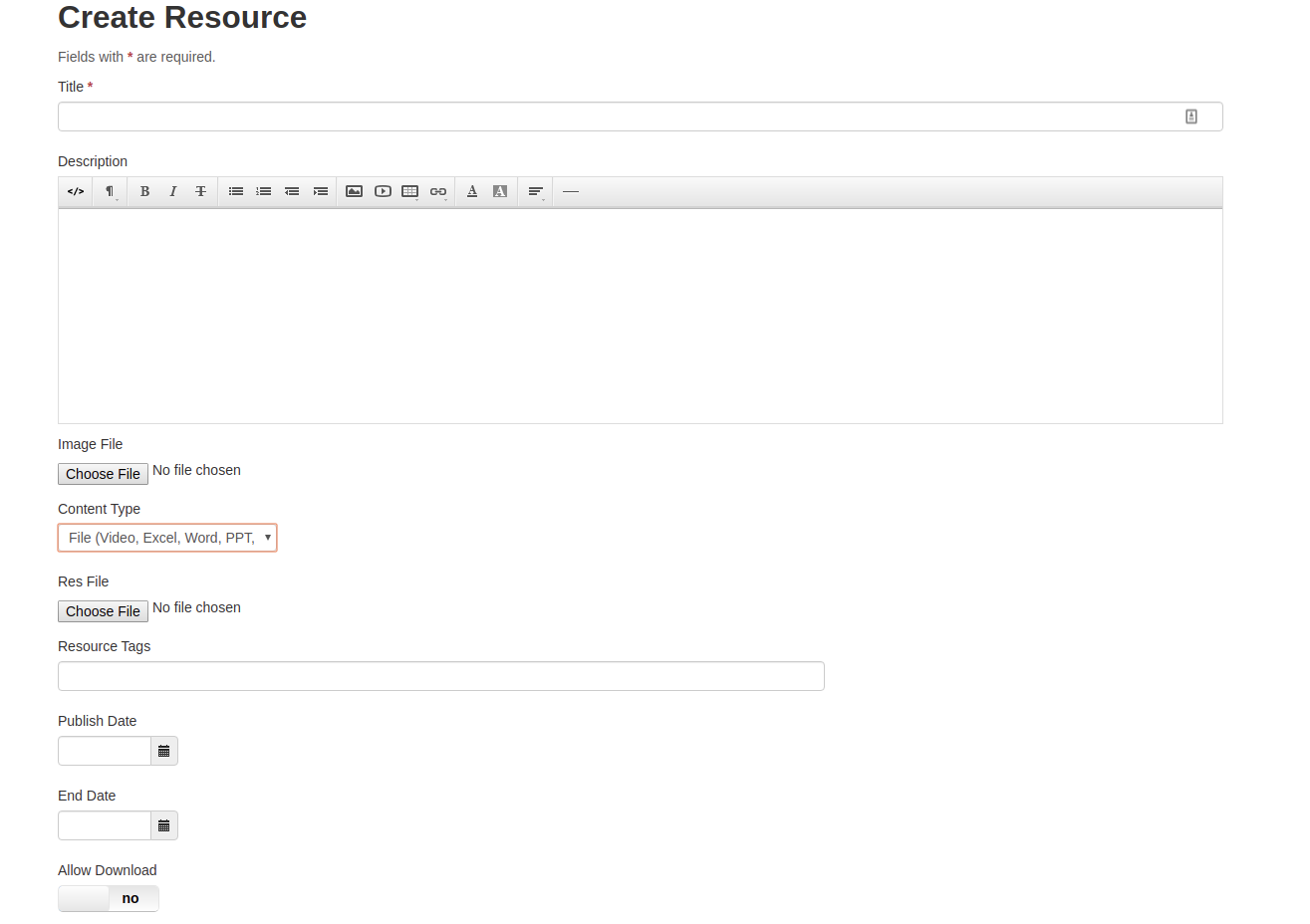
Course creation page of one of our LMS - Schedule for courses: A planner where a teacher can schedule the courses’ start date, duration, and deadlines for assessments.
- Teacher’s dashboard: Statistics on the activity for each course.
Student section
Here people who are interested in taking a course can select a course and enroll. Also, this is where they will have all course history, communicate with teachers and other students, submit assessments, and get certified. The features include:
- Search courses: All courses on the platform.
- Course page: Each course should have its own page where students can enroll and get all the course information, watch the lessons, submit assignments, find out their scores, and write reviews.
- Enrollment: Students should be able to enroll.
- Payments: students should be able to pay for education.
- Student’s dashboard: Current, past, and future courses, earned certificates, and payment history.
Admins section
Admins of the platform should be able to manage the courses, users, and payments.
- User management: Admin can create, edit or delete user accounts.
- Fees management: Admin can set, collect, and distribute fees.
- Reports and statistics: There should be different reports to track the effectiveness of the platform
- Content management: Admin should be able to add or edit content
- Emails and notifications: Admin can edit and create new notifications and emails for users to be automatically sent out.
- Support: This is an issue resolution center to assist teachers and students.
Time and cost of development:
Building an eLearning marketplace from scratch may take around 7-10 months and cost around $70,000 - $105,000. This estimate will include project architecture, web design, front and back-end development, project management, and QA testing. If you want to launch fast with more or less standard features, it is possible to significantly cut the time and cost using a white-label solution. Such development may cost from $7,000 to $10,000 and take about a month.
Do you need an estimate for your eLearning platform?
Contact Us4. How much does it cost to build a booking website like Booking.com/Agoda/Airbnb
This type of marketplace connects hosts (landlords/ lessors) on one side and guests (renters/ tenants/ lessees) on the other side.
The lessors get a great opportunity to advertise their property to a large audience, get clients and sustainable revenue without additional marketing efforts. Guests can search and filter through a large database of properties to find a perfect match for their preferences.

Now that there are so many booking platforms that provide competitive prices and have loyal customers, it can be hard to stand out. But a unique concept and high quality of service make magic. Still, you need to start with some basic functions like the ones described above and add typical features to it. Here they are:
Hotelier section
This is the portal for property owners who want to list their accommodation and be found by guests. This is where they can set all property attributes, availability, and prices. A list of features includes:
- Property listing and management: Adding and editing property details.
- Availability calendar: Availability and pricing settings.

- Reservation management: All information about reserved properties and history of payments.
- Channel manager integration: This will allow hotel owners to automate their properties management on your platform.
- Dashboard: Performance, earnings, and availability overview.
- Messaging: Hotel managers should be able to communicate with guests and admins.
Guest section
In this section, people who are looking for accommodation can select and book the appropriate options filtering by price, availability, and attributes.
- Guest profile: Here all the guest information, past and future reservations, discounts, wishlists can be kept.
- Search: Travelers should be able to search for accommodation.
- Property details pages: Each property description page with the possibility to check availability and book.
- Payments: Your platforms should be integrated with a modern payment gateway to provide a variety of payment methods.
- Ratings and Reviews: Travelers should be able to view other guests’ reviews and submit their own feedback.
- Messaging: Guests should be able to communicate with hotels and admins.
- Cancellation and refund: Possibility to cancel the reservation and apply for a refund.
- Maps integration: The display of the property location on the map.

Admin section
In this section, the Admin of the platform should be able to customize the content, manage users, email campaigns, and payments.
- User Management: Admin should be able to manage guests’ and hoteliers’ accounts.
- CMS: Admin can edit the content of the site.
- Emails and notifications: There can be a number of notifications for different situations that can be automatically sent out.
- Fees management: Admin sets and edits the commissions and payment options
- Reports: Admins get access to different statistics and analytics to have a bigger picture as well as details of the platform’s functioning and business.
Time and cost of development:
Let’s crunch numbers! Development of a bare minimum of features for a hotel booking platform created with a white-label solution may take around 1,5-2 months costing you $18,500 - $24,500. If you prefer to go for a custom marketplace with full flexibility and total ownership of code then the development will take about 7-10 months and cost $73,000 - $123,000.
Let’s estimate the development of your project!
Contact Us5. How much does it cost to build a freelance jobs marketplace like Upwork or Fiverr
Nowadays, not only individuals and small businesses order tasks from freelancers. Even enterprise-size companies get involved in the search for and hiring of specialists in the online marketplace. The main reasons for this are access to a large pool of specialists from all over the world with a variety of skills and experience and an opportunity to cut recruiting expenses. The popularity of freelance platforms will grow in the next decade, so you have a great chance to create a marketplace website for jobs and ride the wave.

Let’s enumerate the typical features of a freelance platform and give an approximate estimate in hours and budget:
Client section
This is where people who need a job to be done may create their job posts or search for freelancers/errand runners/specialists and contact them.
- Job posting: Job description, required skills, and proposed salary.

- Order management: Past and current jobs and their details and status.
Specialist section
Here people looking for a job can find job posts and apply.
- Job details page: Description, requirements, client’s information.
- Application for a job: Proposal submission or bidding.
- Proposals management: List of invitations, past and current job orders.
- My Jobs/Contracts: Details of each job/contract. Depending on the type of payment, there can be an hourly rate with an online web tracker or a fixed price with escrow protection.

Admin section
In this section, the Admin takes a look at the whole platform operation and manages the content and users.
- User Management: Admin manages users registered on the site
- CMS: Admin can edit the content of the site.
- Emails and notifications: There can be notifications for different situations that can be automatically sent to users upon trigger events.
- Fees management: Admin sets and edits the commissions and payment options.
- Reports: Admins get access to different statistics and analytics to have a bigger picture as well as details of the platform’s functioning and business.
Time and cost of development:
We can build an MVP of an online job platform in a period of 3-5 months. This marketplace will consist of all necessary features to find jobs or freelancers and contract with them. The cost of this platform may range from $30,000 to $50,000.
Get an estimate for your requirements! It’s free!
Contact UsSteps of the Development Process
One of the most common questions that we receive during the initial call with our future clients is about the development process in our agency. That’s why we will examine it here:
1. Discovery Phase
At this stage, we need to analyze and estimate your project requirements. Only after this inspection, is it possible to say how much it will cost to build an eCommerce website of the specific type.
Software Requirements Specification (SRS) is a document that describes how the system should behave and is illustrated by mockups and wireframes.
This document is a great help and time-saver for estimation and development planning as it describes the system’s purpose, look and feel, and behavior. This document will become the main reference for the team during project development.
There are a bunch of ready templates that you can use to write requirements. If you have difficulties with specification creation, our Business Analyst can help you write an explicit document and draw the wireframes.
2. Design Phase
Before moving on to the implementation phase, we need to have the design of the future marketplace.
Based on the wireframes and prototypes, it is easier to create a web design. You may hire a web designer yourself or order a design from Greenice. Only after the design is ready, can you move to development.
3. Development Phase
a) Build an MVP
Now that we have all components in one place: requirements specification, and estimate, and design, we can sign the contract and start development.
If your project is in the idea verification stage, we advise starting with a minimum viable product (MVP) that allows launching to the market as soon as possible. Following the concept of the Lean Startup, you should release quickly and examine the initial feedback from users to learn how to improve your product.
The quick launch will save you time and money giving you a chance to make changes, if it makes sense, while the product is still raw or to switch to something new without a big loss.
Read Also: What Type of MVP is Right for Your Startup?
b) Enhance the product with iterations and scale-up Agile development allows you to gradually enhance the product after its MVP launch. This is done in small iterations that give you a chance to add new features quickly and to adjust the platform to reflect users’ feedback and special requests.
How to Apply This to Your Business
We gave you the approximate costs for different marketplaces. But of course, each project is unique and should be studied and estimated individually. The more accurate and detailed are the requirements, the more precise the estimation we will provide.
However, development is more than only the creation of features. The development price will also include such tasks as architecture planning, database creation, and functional testing. As the requirements may change during the development process, you need to be prepared for a price and time increase of 10-15%. Additionally, you need to add the cost of design, layout, and testing that depend on the complexity of your project.
You can rely on our profound experience and deep knowledge in the area of marketplace development. We try to stand at the edge of innovation, using the latest technology. We use frameworks and cloud solutions that allow us to speed up the development and minimize project time and cost.
Now that you have full access to the prices and features, we hope that you will confidently make a decision to create an online marketplace of your own that will become a competitive and profitable platform.
Need an estimate for your marketplace startup?
Contact UsRate this article!
Not rated

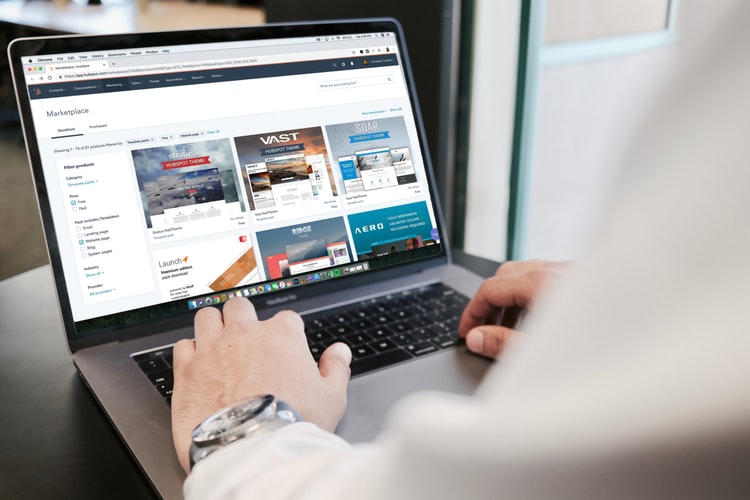




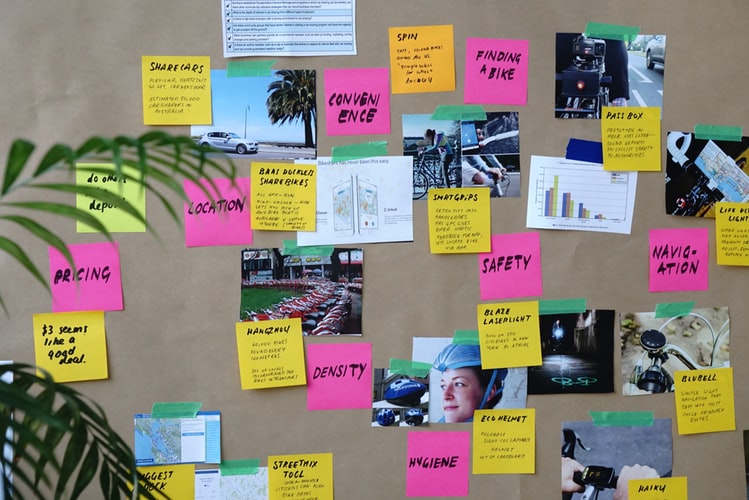
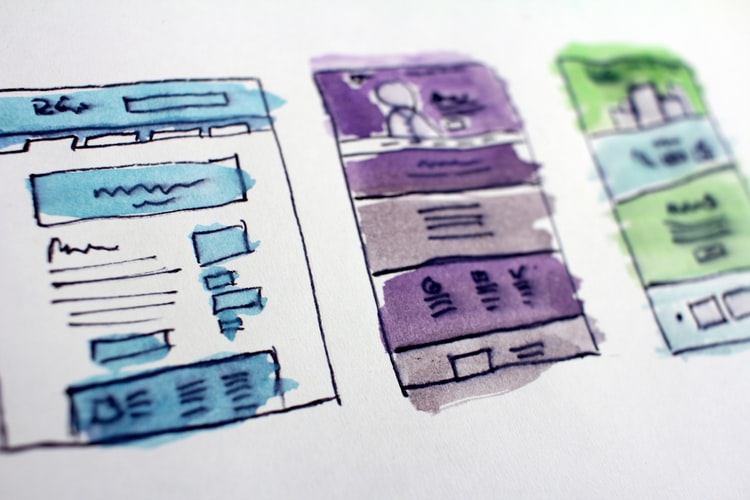
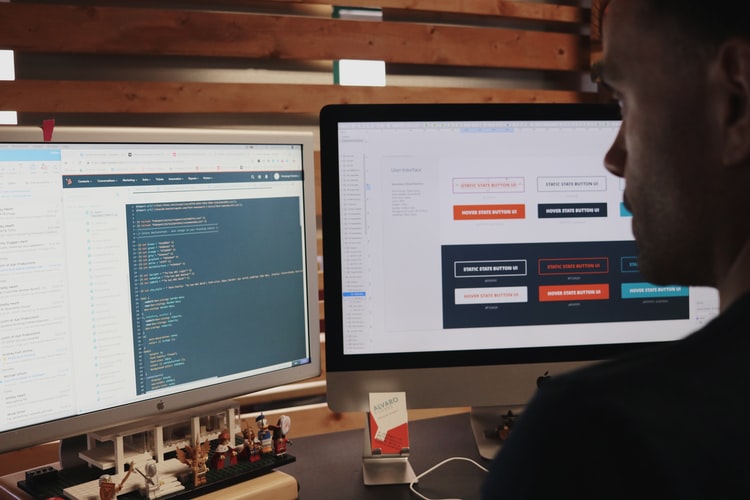



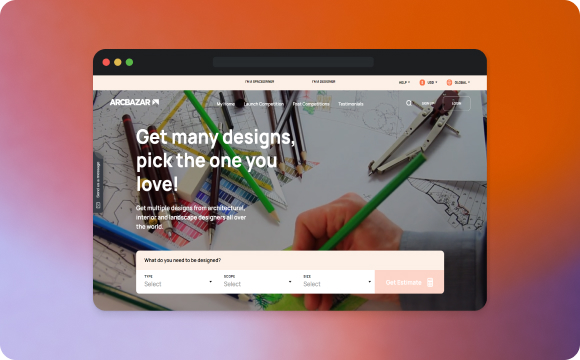
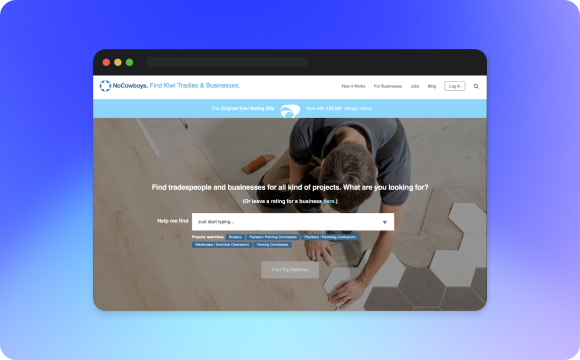



 Sign in with Google
Sign in with Google
Comments (0)